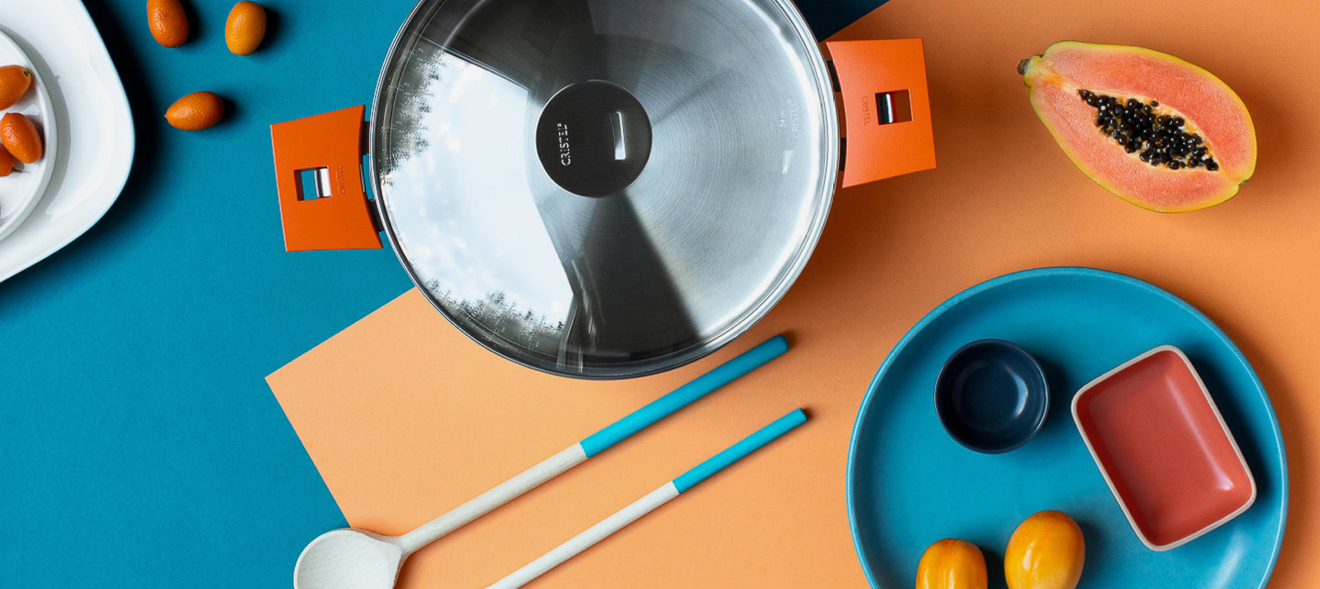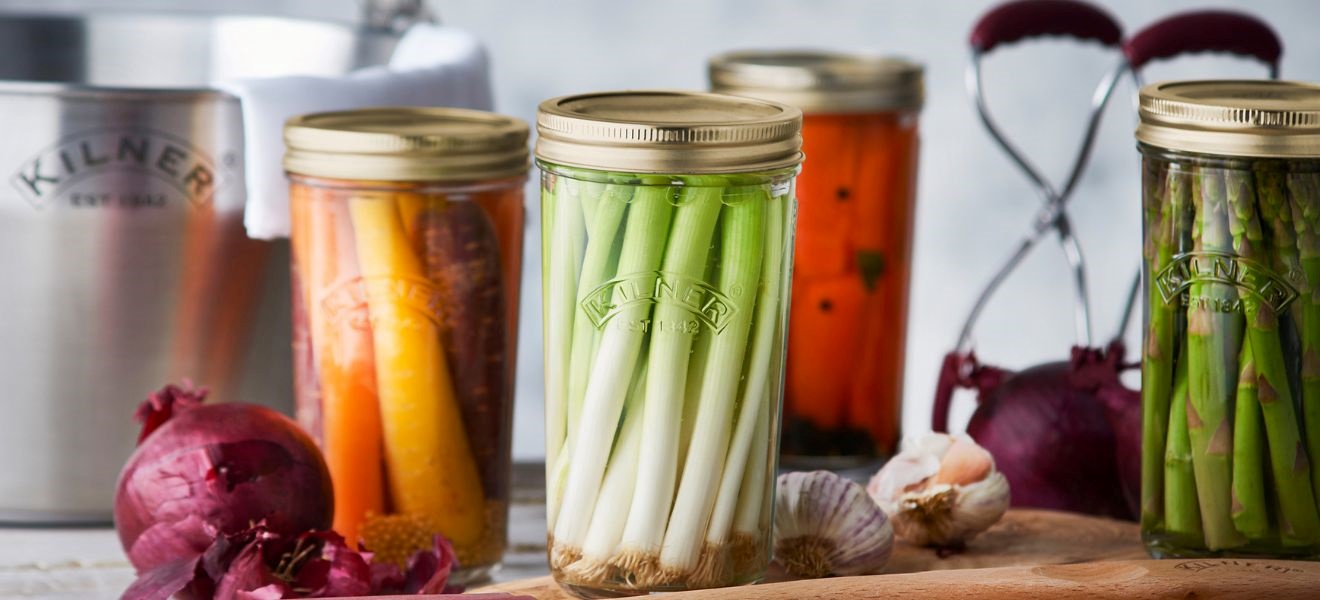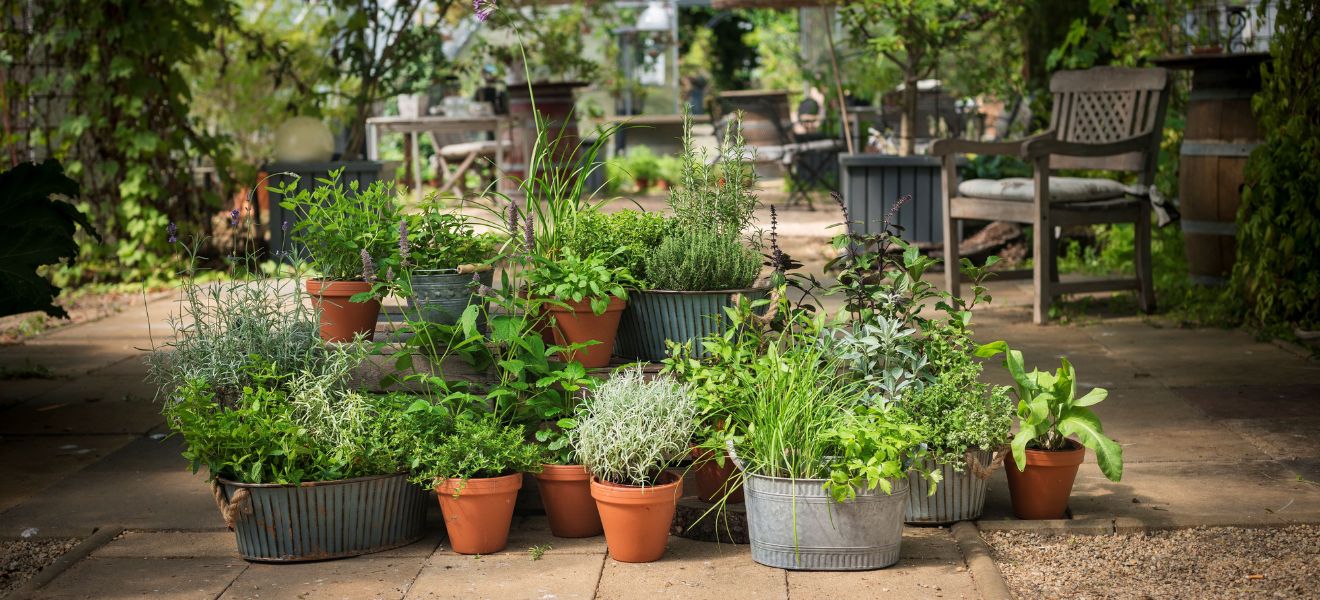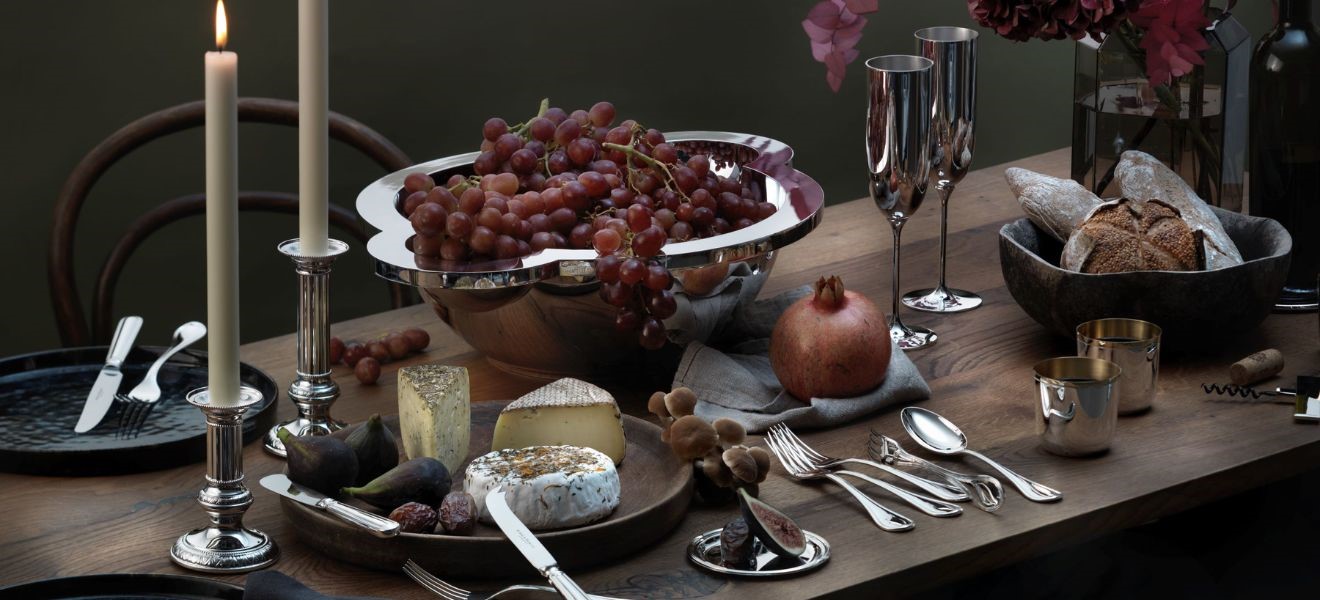Mindful, flexible and sustainable – nutrition today is a question of health and lifestyle. For more and more people ‘clean eating’, i.e. cooking your own fresh, unprocessed food, is the starting point for a new and better approach to life with a diet enriched by plant-based power foods and fat burners full of vitamins and minerals. It often goes hand in hand with a move towards body awareness experiences such as yoga and forest bathing. The currently trending nutrition philosophies require gentle and careful cooking – and cookware that is made from safe materials, retains all vital nutrients and is able to perform special tasks where necessary. The essentials here are a design that guarantees ease of handling – and an aesthetic form that can go straight from stove to table. We’d like to share our enthusiasm for these beautiful and practical products and showcase a number of new all-rounders with surprising functions, as well as some first-class specialist items. And before we look forward into the future of healthy eating, we’ll be profiling some professional chefs who cook in environments where fitness, inspiring interiors and fresh natural flavours create joyful experiences.
Lifting the lid on upgrades
Back in prehistoric times, everything was so simple, wasn’t it? All you needed was your firepit, pot, pan – and a mammoth or two! It probably wasn’t quite perfect – and a bit of charring around the edges was probably the norm. Every age adapts its cookware to its eating habits. And today, our light and health-conscious dietary habits are bringing about revolutionary changes. Never before have there been so many technical features and innovative refinements to ensure the optimal heating of fresh food. For instance, at manufacturers Eschenbach, Edenberg and Emile Henry we discovered a wide range of non-stick coatings and cooking pots made of porcelain or ceramic that focus on offering higher nutritional value with fewer calories. And at Soy, we found helpful features such as intelligent pot and pan handles that remain cool even at high temperatures and respond to our desire for a mindful, uncomplicated lifestyle.


Anyone who has ever been scalded by steam while cooking will be delighted with the stainless steel stockpots from Woll: The lid can simply be stood upright in the handle, allowing steam to drip back into the pot instead of flooding the work surface.


If you fancy a quick lentil curry or even a vegan rice pudding, we recommend vitamin-retaining pressure cookers, which are now available in smaller sizes. Speaking of gentle cooking, we’ve seen a number of intelligent upgrades to age-old methods. For instance, Schulte-Ufer have rethought the energy-saving ‘haybox cooker’ that was popular in our great-grandmothers’ times and reinvented it for today’s world as the ‘thermo pot’. The food is prepared on the stove and the pot is then placed in the thermobox, where it continues to cook without electricity and without destroying the vitamins.
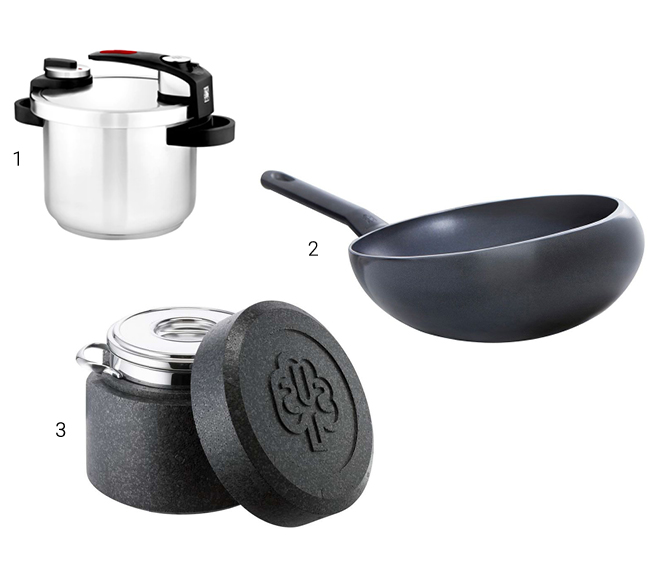
Simmer gently: Auberge de Temple
Vegetables are not the only food. Organic meat, preferably from a trusted farm, perfectly braised and tender as butter can also be enjoyed with a clear conscience. And by preparing the meat in a good casserole dish or frying pan, you are showing it the respect it deserves. But what does quality mean when it comes to cookware? “A good frying pan must have a certain weight. This makes it very robust and gives it a long life. Pans from Demeyere are one of my favourites,” says Ludger Helbig, creative head at the Auberge de Temple in Johannesberg, Bavaria. The award-winning restaurant with attached nine-room boutique hotel and art gallery is dedicated to casual fine dining and reflects Helbig’s philosophy: “For me, cooking is about turning creative thoughts into exciting dishes.” So, does he go for stainless steel or cast iron? “You can fry just as well in good stainless steel pans provided the temperature is right and you know how to handle them. For instance, you can only make a successful crêpe if you preheat the pan.” He doesn’t blanch vegetables, instead he steams or braises them “because this preserves the vitamins and nutrients”. One of his summer specialities is tender pan-fried Faroese salmon – and you can easily cook the house recipe yourself.
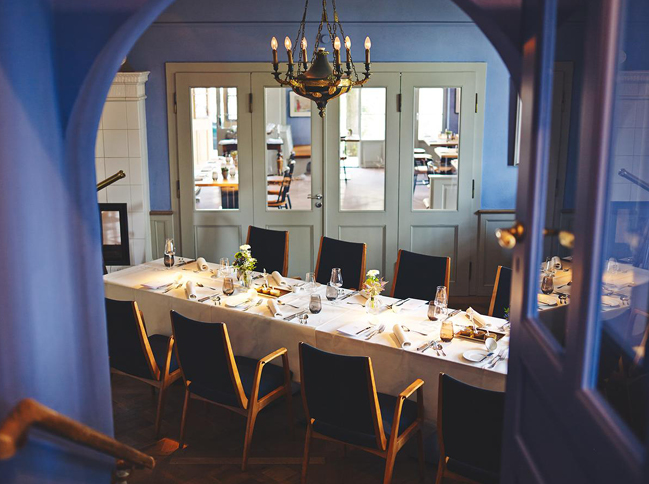
Glazed Faroese salmon fillet on potato espuma with 16 month-matured Parmigiano Reggiano and rocket foam
Recipe for 4 people:
– 4 Faroese salmon fillets (approx. 130 g each)
– 250 g Floury potatoes
– 50 g Parmigiano Reggiano
– 300 ml Vegetable stock
– 150 ml Milk 3.5% fat
– Salt, pepper, nutmeg
– 200 ml Dry white wine, preferably Silvaner
– 100 ml Noilly Prat
– 250 ml Cream
– 50 g Cold butter
– 100 g Rocket
– 1 splash Lime juice
– Salted almonds
– Rocket to garnish
Faroese salmon fillet:
Pan fry the salmon fillet at very low heat to a core temperature of approx. 45°C.
Potato espuma with Parmigiano Reggiano:
Peel and quarter the potatoes. Boil them until soft with the vegetable stock and a pinch of salt.
In the meantime, grate the cheese. Then heat the butter until the whey flocculates and it develops a golden brown colour (beurre noisette).
Press the potatoes while warm through a potato press. Heat the remaining stock, milk and beurre noisette and pass through a fine sieve.
Stir the Parmigiano Reggiano into the hot potato mixture until it has completely melted.
The mixture should be of a viscous consistency. Pour the mixture into a mousse siphon and fill with 2 cartridges. Keep the bottle warm in a water bath until serving.
Rocket foam:
Bring white wine and Noilly Prat to the boil in a saucepan and reduce completely. Then add the cream and bring to the boil again. Put the cold butter and rocket in a blender. Add the hot liquid and mix at the highest setting for about 1 minute.
Then pass through a sieve and season to taste with salt, pepper and a dash of lime juice.

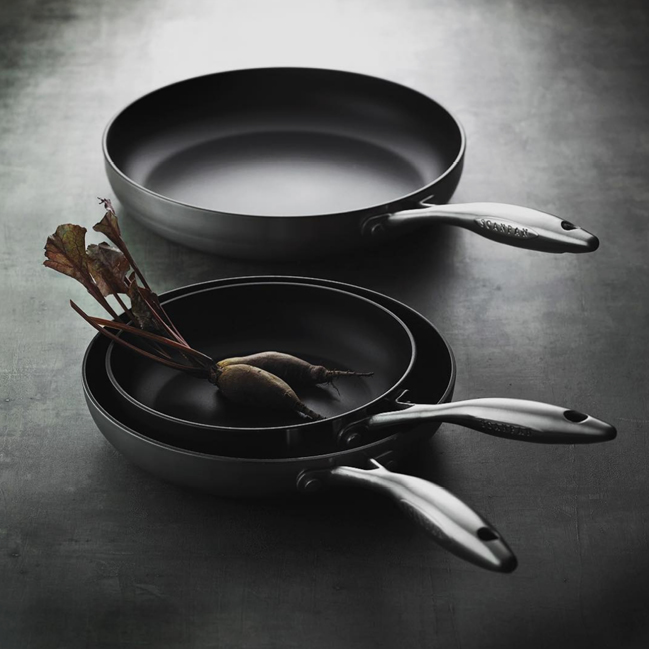
More hot air, less fat! New small electrical appliances
Counting calories and reducing carbohydrate and fat intake don’t play a major role in the clean eating lifestyle. Only trans fats, which are commonly found in fast food and snacks, are not allowed. But what, I hear you say, do I do when I get a craving for fries? Here is where small electrical appliances, like Steba’s hot-air fryer, saves the day! It fries sweet potato sticks or other veg using up to 80% less fat, making them an ideal addition to a healthy diet. The new indoor electric table grills and portable cookers also don’t use harmful fats to create that barbecue feel. And if you want to grill seafood and vegetables in authentic Asian style, you’ll find the perfect solution in the table grill from Solis, which has two heating zones and the typical teppanyaki hood that ensures that the heat is evenly distributed around the food.

The tried-and-tested masters of low-fat frying and braising are pots and pans of different materials like enamel. This hard-wearing and ‘healthy’ substance made from natural raw materials has been appreciated for generations. It is currently experiencing a renaissance and manufacturers are responding with contemporary models and accessories for gentle deep-frying and steaming. Riess offers the purist-design Aromapot series with no plastic parts, which means that they can also be used in the oven. Fans of cast iron, another safe traditional material, will love the flameproof miniature Dutch oven from Victoria Cast Iron, which offers easy braising with minimal fat. It’s great for vegans and vegetarians when it comes to making casseroles and curries. In addition, the Römertopf clay casserole pot is making a comeback with a fresh, clear design. Young foodies have long since discovered for themselves the benefits of clay pots for fat-free frying, cooking and steaming.
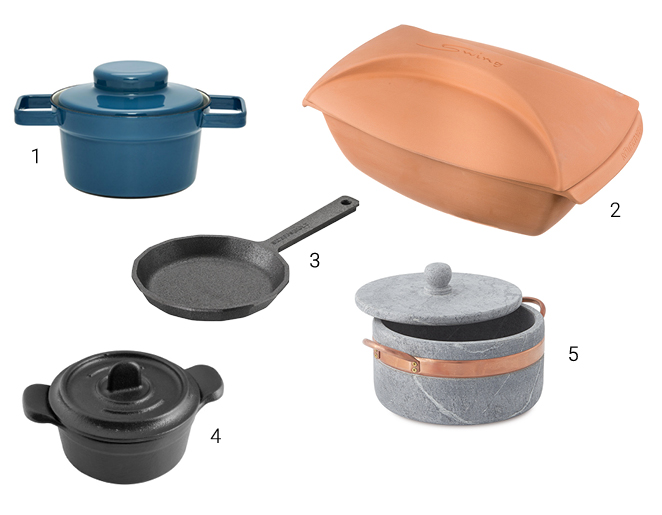
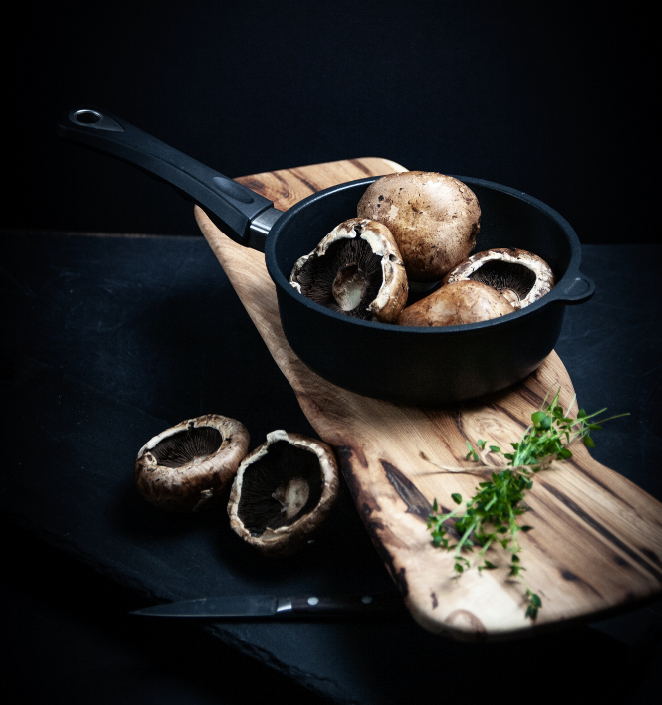
Das Kubatzki – pleasure without excess
Anyone who delves deeply into yoga and its Indian origins will realise that yogis have been following a ‘sattvic’ (pure) diet for centuries. Our current nutritional trends are therefore not a new phenomenon. Rather, they are based on much older experiences and the desire for a healthy and connected life. When different philosophies come together based on mutual respect, the outcome is the creation of delicious food. This could certainly be the concept behind the yoga-design Hotel Das Kubatzki in the surfer’s paradise of St. Peter-Ording on the German North Sea coast. The hotel’s cuisine has been developed based on intuitive expertise and “boundless creativity” with the aim to inspire vegans, vegetarians and “omnivores” – as hotel manager and yoga teacher Dörte Kubatzki calls them – with “real food”. And it begins first thing in the morning: The warm Ayurvedic breakfast porridge that her guests love so much “gives a really comforting sweet feeling in the stomach”, she explains. Having originally trained in banking, she opened the relaxed refuge with her husband in 2015. “Hand-picked products from the region, international home-style cooking, the concept of tolerated contrasts,” is how she describes her extremely mindful concept. “The coating must be right,” she continues, referring to her cookware: “We favour cast-iron classics from various French manufacturers that don’t stick, even at very high temperatures. When it comes to design, form follows function.” Pleasure without excess is the philosophy of Kubatzki and her team: “Our guests decide for themselves whether they want to eat vegetarian or not. We cook for friends, fairly and freely, healthily and happily.” The crossover Kubatzki cuisine includes refined Asian interpretations together with regional side dishes. Why not check it out for yourself?
Crunchy tofu recipe
Ingredients for 4 portions:
For the tofu
– 600 g natural tofu
– 4 teaspoons of salt
– 120 g cornflour
– Rapeseed oil for browning
For the BBQ sauce
– 185 ml tomato passata
– 90 ml rice vinegar
– 90 ml soya sauce
– 3 dessertspoons rice syrup
– 1 ½ dessertspoons gochujang (chili paste)
– 1 apple
– 3 cloves garlic
– 1 thumb-size piece of ginger
– 1 ½ dessertspoons sesame seeds
Plus
– 250 g basmati rice
– 2 spring onions
– Sesame seeds to garnish
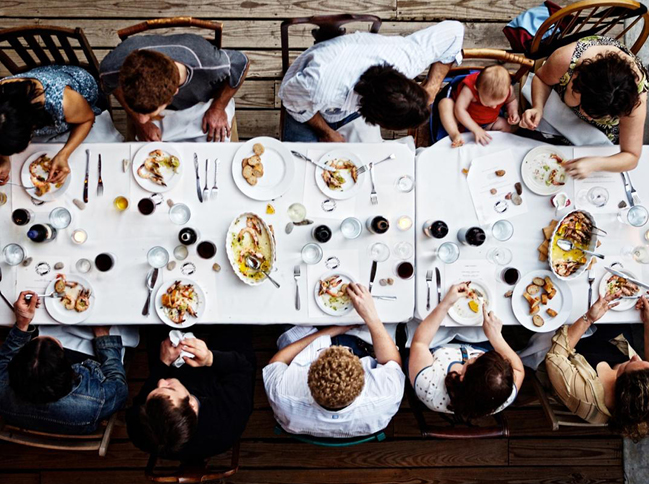
Preparation (30 minutes + cooking time)
First of all, prepare the tofu. It is important to drain as much liquid from the tofu as possible. Place the tofu slices on a large plate and add 3 teaspoons of salt. Rub the tofu blocks evenly with the salt. Then wrap them in a kitchen towel and place them back down on the plate. Now place a second plate on top of the tofu blocks to compress them. We often put a few tins of tomatoes or similar on top. Press the tofu for 10–15 minutes. The longer the tofu is pressed, the more liquid it naturally loses. We often put it in the fridge overnight.
In the meantime, prepare the Korean barbecue sauce. Mix the tomato passata, rice vinegar, soy sauce, rice syrup and gochujang in a bowl. Quarter the apple, remove the core and chop very finely. Peel the garlic cloves and ginger and chop both finely as well. Add the chopped apples, garlic and ginger together with the sesame seeds to the sauce and stir. Put the sauce to one side for later.
Boil the rice according to the instructions on the packet. Meanwhile, unwrap the tofu from the kitchen towel and cut into cubes. Place the tofu cubes in a bowl with 1 teaspoon of salt and the cornflour and mix well so that the cornflour coats the tofu cubes evenly. Heat the rapeseed oil in a large frying pan and fry the tofu cubes for about 10 minutes until evenly browned on all sides.
In a second pan, bring the sauce briefly to the boil and simmer for 1-2 minutes at low heat. Wash the spring onions and cut into rings. Drain any remaining cooking water from the rice and divide the rice between four plates. Plate up the tofu as well and pour the barbecue sauce over it. Serve garnished with spring onions and sesame seeds.
With this dish we recommend broccoli and shiitake mushrooms – also pan-fried with a splash of soya sauce.
How healthy will tomorrow’s cooking be?
Positive signs on the horizon. Nutrition experts agree that the issues of food quality, regionality and sustainability will continue to increase in significance in the future. In response to the pressing question of our finite natural resources, many people have already changed their eating and consumption habits. A recent megatrend is the growing interest in probiotic foods that positively affect our gut flora. It is now known that the secret of health lies in our gut, which communicates closely with our brain and immune system. In terms of the impact on our eating habits, this means that we will turn more and more to vegetables and fermented foods – in fact, our elite athletes may well lead the way here. Exotic foods such as goij berries and chia seeds are likely to lose their attraction as we have alternatives growing on our own doorstep. Regionally available blueberries, sour cherries and linseed do not have to be flown around the world and, with their health-promoting constituents, easily compete with expensive superfoods.
Will classic cookware products survive? Certainly, but they may look different and be even more energy-efficient and smarter. Natural materials will be a lot more in demand: Already we are seeing more and more pots and casserole dishes made from granite and soapstone, a soft natural material that is ideal for slow braising. Cast iron, enamelled steel, copper and hard ceramics will continue to be extremely popular. However, the pots and pans we use in the future are likely to provide us with much more information – we’ll be cooking with the smartphone! This could mean no more burnt saucepans, and maybe no more stirring.
